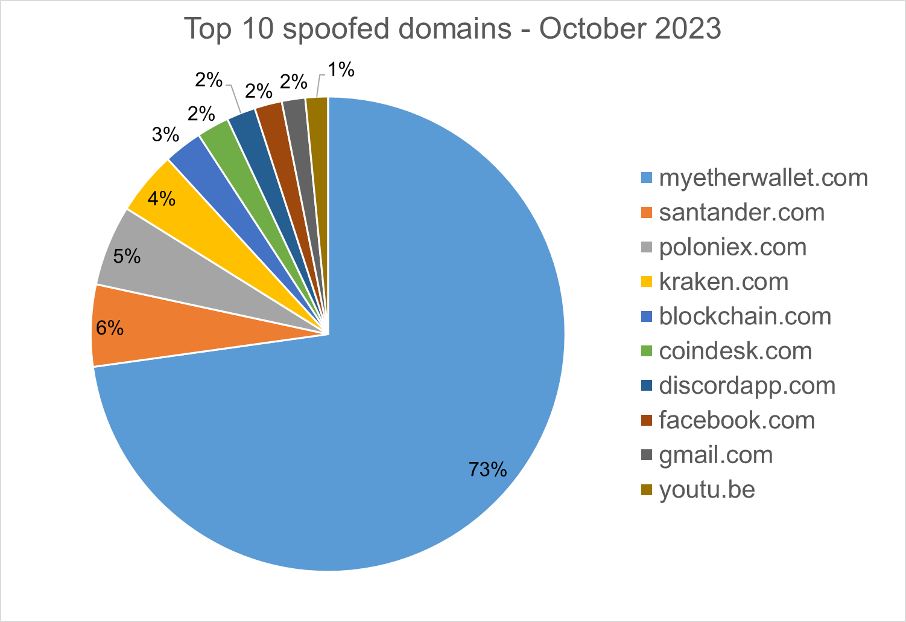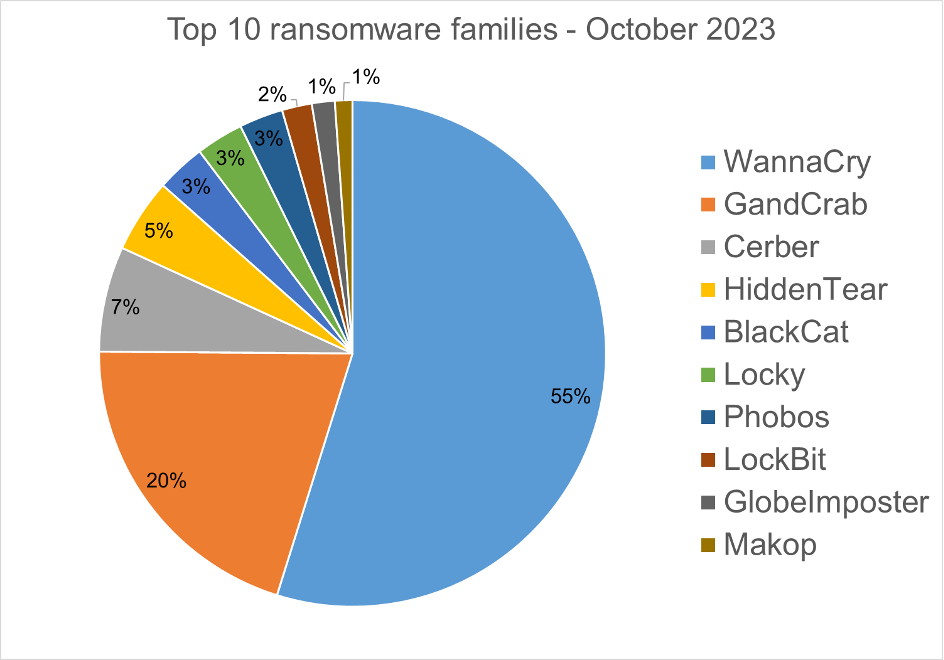Bitdefender Threat Debrief | November 2023

Monitoring lateral movement across hybrid cloud environments, spanning platforms like Google Cloud, Amazon Web Services (AWS), and Microsoft Azure is a critical aspect of maintaining robust cybersecurity, demanding heightened security expertise from technical teams. While the dynamics of lateral movement within traditional Active Directory (AD) environments are well understood, the introduction of hybrid cloud infrastructures brings a new layer of complexity.
Bitdefender Labs recently uncovered previously unknown attack methods for escalating a compromise from a single endpoint to a network-wide breach, potentially leading to ransomware attacks or data exfiltration (read our research or watch the on-demand webinar). Starting from a single compromised machine, threat actors could progress in several ways: they could move to other cloned machines with GCPW installed, gain access to the cloud platform with custom permissions, or decrypt locally stored passwords to continue their attack beyond the Google ecosystem.
To effectively address these challenges, it is crucial to leverage the right detection tools tailored for hybrid environments. Solutions like Bitdefender GravityZone XDR stand out in their ability to discern subtle patterns indicative of lateral movement across diverse cloud platforms. Furthermore, obtaining the necessary knowledge to combat sophisticated threats in hybrid environments is where managed security services, such as Bitdefender MDR, shine. Managed security services offer continuous monitoring, proactive threat detection, and expert response capabilities, augmenting the efforts of in-house security teams and ensuring comprehensive protection against lateral movement threats in the dynamic landscape of hybrid cloud architectures.
Ransomware Report
Spear phishing attacks are often used as an initial attack vector and ransomware infection is often the final stage of the kill chain. For this report, we analyzed malware detections collected in October 2023 from our static anti-malware engines. Note: we only count total cases, not how monetarily significant the impact of infection is. Opportunistic adversaries and some ransomware-as-a-service (RaaS) groups represent a higher percentage compared to groups that are more selective about their targets since they prefer volume over higher value.
When looking at this data, remember these are ransomware detections, not infections.
Top 10 Ransomware Families
We analyzed malware detections from October 1 to October 31. In total, we identified 226 ransomware families. The number of detected ransomware families can vary each month, depending on the current ransomware campaigns in different countries.
Top 10 Countries
In total, we detected ransomware from 145 countries in our dataset this month. Ransomware continues to be a threat that touches almost the entire world. Below is a list of the top 10 countries most impacted by ransomware. Many ransomware attacks continue to be opportunistic, and the size of a population is correlated to the number of detections.

Android trojans
Below are the top 10 trojans targeting Android we have seen in our telemetry during October 2023.

SMSSend.AYE - Malware that tries to register as the default SMS application on the first run by requesting the consent of the user. If successful, it collects the user's incoming and outgoing messages and forwards them to a Command & Control (C&C) server.
SpyAgent.JA – Malware that collects personal data like user messages and contacts, allowing access to the compromised device's camera and microphone. This enables malicious individuals to secretly monitor infected users.
Downloader.DN – Repacked applications taken from the Google App Store and bundled with aggressive adware. Some adware downloads other malware variants.
Triada.LD - Malware that gathers sensitive device info (Device IDs, Subscriber IDs, MAC addresses) and then sends it to a C&C server. The C&C server responds by sending back a link to a payload, that malware will download and execute.
Banker.XO - Polymorphic applications that impersonate legit apps (Google, Facebook, Sagawa Express ...). Once installed, it locates banking applications installed on the device and tries to download a trojanized version from the C&C server.
Marcher.AV - Applications that disguise themselves as Play Store applications. The malware tries to ask for accessibility permissions to capture keystrokes and also uses the VNC screen recording function to log the user’s activity on the phone.
InfoStealer.SO - Applications that exfiltrate users' text messages on a regular basis.
Banker.AFX - Polymorphic applications that impersonate legit apps (Google, Facebook, Sagawa Express ...). Once installed, it locates banking applications installed on the device and tries to download a trojanized version from the C&C server.
Agent.AWQ – A dropper malware is a trojan that hides the dangerous payload inside an app as an evasion technique. If it can avoid security defenses, this payload is deployed. The malicious payload is decrypted and loaded by the dropper.
SpyAgent.DW - Applications that exfiltrate sensitive data like SMS messages, call logs, contacts, or GPS location.
Homograph Phishing Report (H2)
Homograph attacks work to abuse international domain names (IDN). Threat actors create international domain names that spoof a target domain name. When we talk about the “target” of IDN homograph phishing attacks, we refer to the domain that threat actors are trying to impersonate. You can read more about this type of attack in one of our previous reports.
Below is the list of the top 10 most common targets for phishing sites.

About Bitdefender Threat Debrief (H2)
The Bitdefender Threat Debrief (BDTD) is a monthly series analyzing threat news, trends, and research from the previous month. Don’t miss the next BDTD release, subscribe to the Business Insights blog, and follow us on Twitter. You can find all previous debriefs here.
Bitdefender provides cybersecurity solutions and advanced threat protection to hundreds of millions of endpoints worldwide. More than 150 technology brands have licensed and added Bitdefender technology to their product or service offerings. This vast OEM ecosystem complements telemetry data already collected from our business and consumer solutions. To give you some idea of the scale, Bitdefender Labs discover 400+ new threats each minute and validate 30 billion threat queries daily. This gives us one of the industry’s most extensive real-time views of the evolving threat landscape.
We would like to thank bitdefenders Alin Damian, Mihai Leonte, Justin Mills, Andrei Mogage, Sean Nikkel, Nikki Salas, Rares Radu, Ioan Stan, Marius Tivadar, and Horia Zegheru (sorted alphabetically) for their help with putting this report together.
tags
Author

Martin is technical solutions director at Bitdefender. He is a passionate blogger and speaker, focusing on enterprise IT for over two decades. He loves travel, lived in Europe, Middle East and now residing in Florida.
View all postsRight now Top posts
FOLLOW US ON SOCIAL MEDIA
SUBSCRIBE TO OUR NEWSLETTER
Don’t miss out on exclusive content and exciting announcements!
You might also like
Bookmarks








